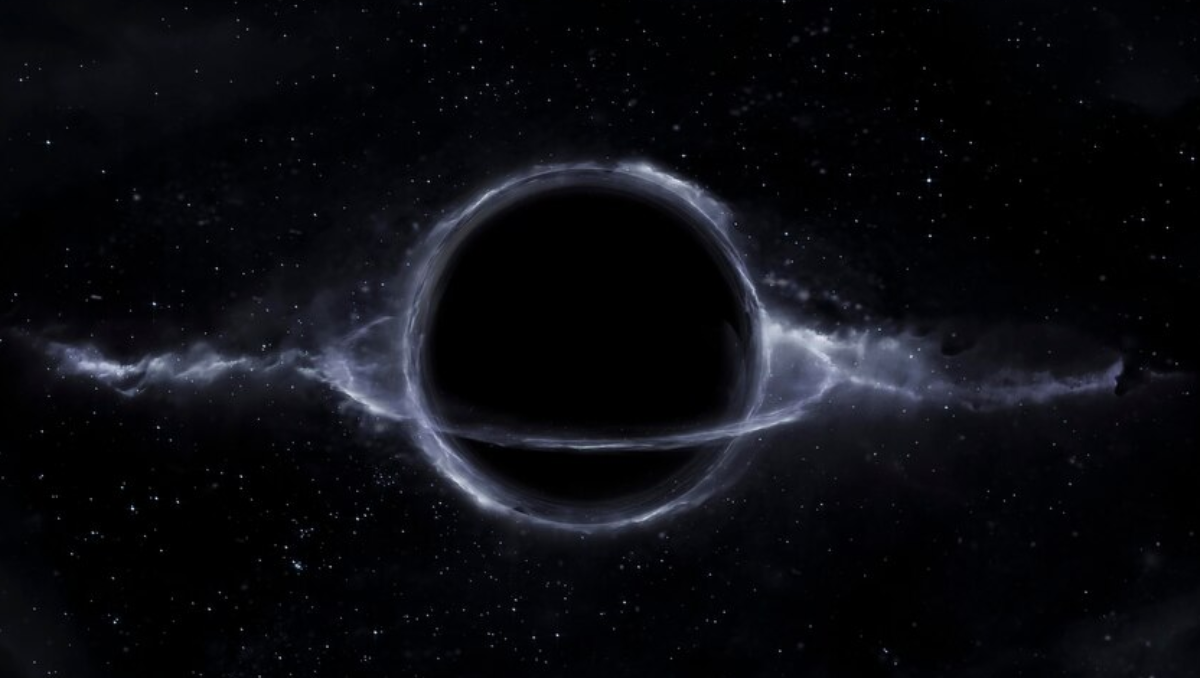A supermassive black hole has been discoverd in the galaxy GN-z11 using the world’s largest telescope, James Webb Space Telescope (JWST). This has led to several significant findings, shedding light on its unique characteristics and behaviour.
Blackhole discovered in GN-z11
What is GN-z11?
GN-z11 is the designation for a distant galaxy located in the constellation Ursa Major. It gained significant attention because it was, at the time of its discovery, the oldest and most distant known galaxy in the observable universe. GN-z11 was discovered using data from the Hubble Space Telescope and confirmed through spectroscopic analysis. Its light has taken approximately 13.4 billion years to reach Earth, meaning we observe it as it was just 400 million years after the Big Bang.
Meaning of Black Hole
Blackholes are regions of space where gravity is so intense that nothing, not even light, can escape their grasp. These cosmic behemoths can form through various means, such as the collapse of massive stars at the end of their life cycle or the merging of smaller black holes. Their existence is often inferred through their gravitational effects on surrounding matter, including stars and gas clouds. Black holes come in different sizes, ranging from stellar-mass black holes, which are several times more massive than the Sun, to supermassive black holes found at the center of galaxies, which can contain millions or even billions of solar masses.
Discovery of the Black Hole in GN-z11
Researchers from the Cavendish Laboratory and the Kavli Institute of Cosmology at the University of Cambridge discovered the black hole using the James Webb telescope’s Near-Infrared Camera (NIRCam). This discovery has opened up new possibilities for studying the universe and understanding the formation of galaxies.
Characteristics of the Black Hole
The black hole is identified as a 2-million-solar-mass, supermassive black hole. This means it has a mass equivalent to two million times that of our Sun. Supermassive black holes are fascinating objects that have a significant impact on the surrounding galaxy.
It is the most distant active supermassive black hole ever found. Its distance from Earth provides valuable insights into the early universe and the evolution of galaxies. The fact that it is still active suggests that it is actively consuming matter and growing in size. Evidence shows that the black hole is rapidly accreting matter. This means it is pulling in surrounding material, such as gas and dust, which leads to an increase in its luminosity. This accretion process is crucial for understanding the growth and evolution of supermassive black holes.
High-Velocity Winds and Gaseous Clump
The observations made by the James Webb Space Telescope revealed that the galaxy GN-z11 is expelling high-velocity winds. These winds are typically associated with growing black holes and provide insights into the processes happening in the vicinity of the black hole.
Additionally, a clump of helium was found in the area surrounding the galaxy. This discovery is significant because it indicates the presence of pristine gas pockets that could collapse and form Population III star clusters. Population III stars are the first generation of stars in the universe and studying them can help us understand the early stages of galactic evolution.
Importance of the Discovery
The discovery of the black hole and the pristine gas clump in galaxy GN-z11 holds great importance in modern astrophysics. It provides valuable insights into the early universe, the formation of galaxies, and the growth of supermassive black holes. These findings contribute to our understanding of the cosmic timeline and the processes that shaped the universe we see today.
In conclusion, the observations made by the James Webb Space Telescope have not only led to the discovery of a distant supermassive black hole but have also provided valuable insights into its characteristics, behaviour, and impact on the surrounding galaxy, GN-z11. These findings have expanded our knowledge of the early universe and the processes that shaped it.
